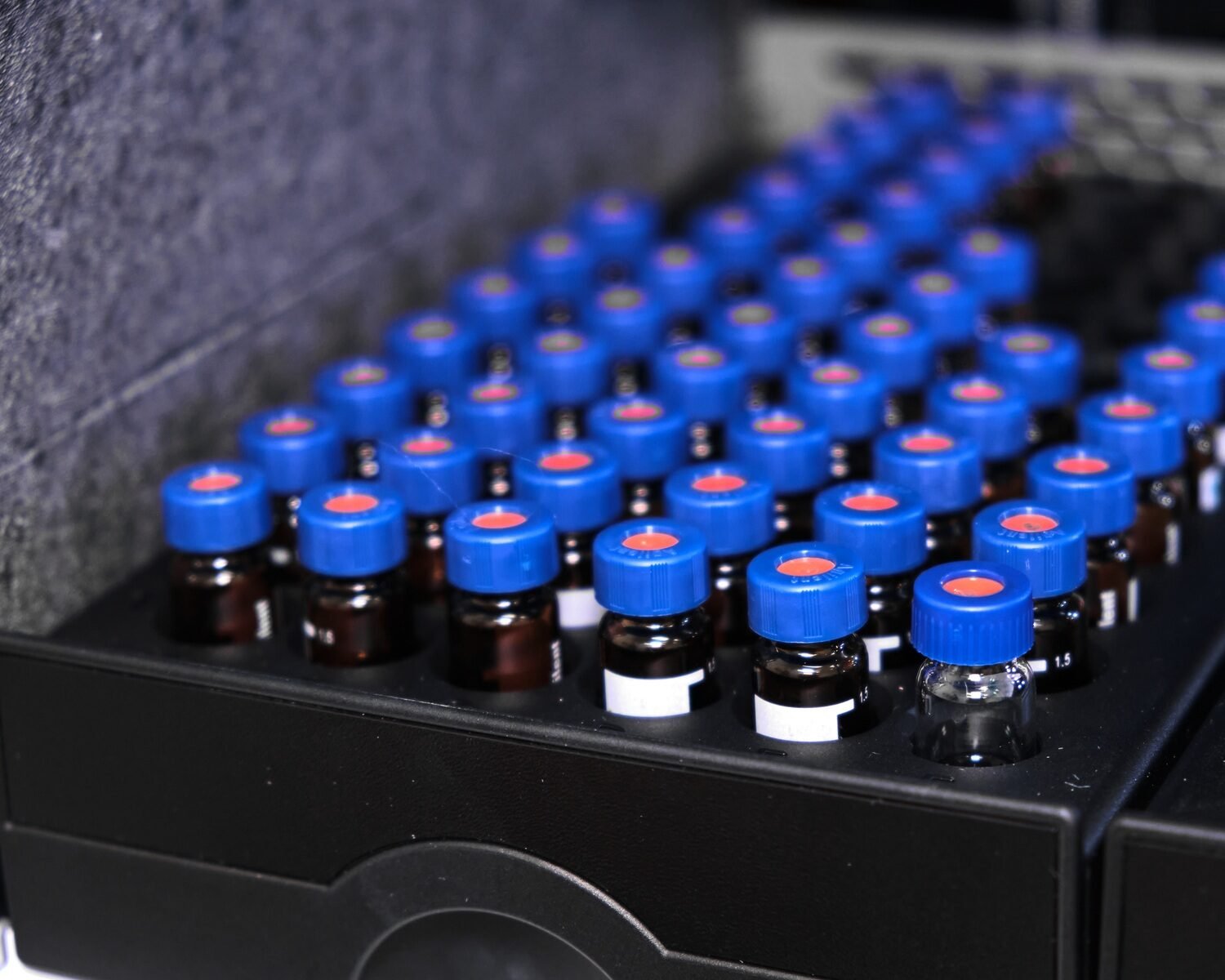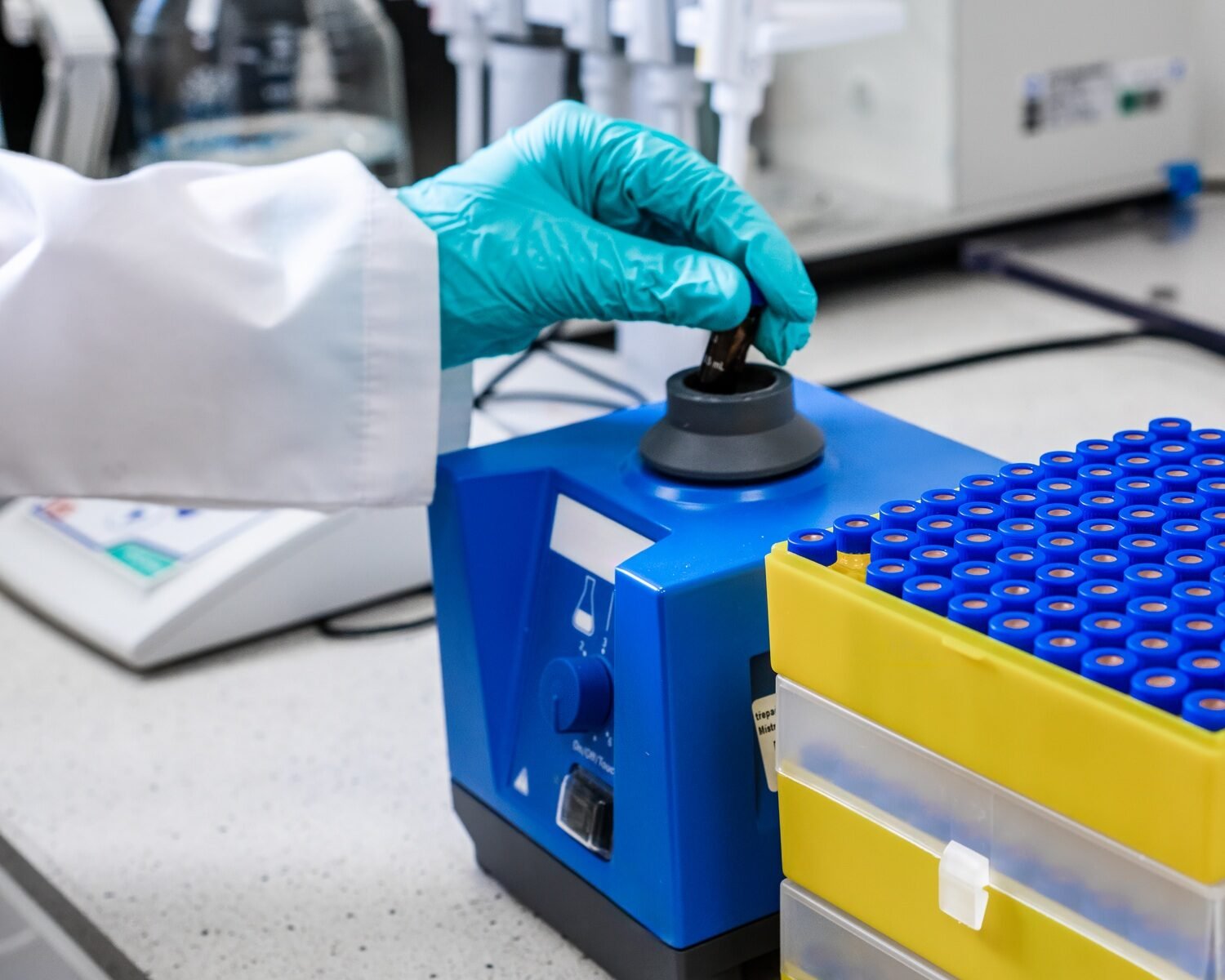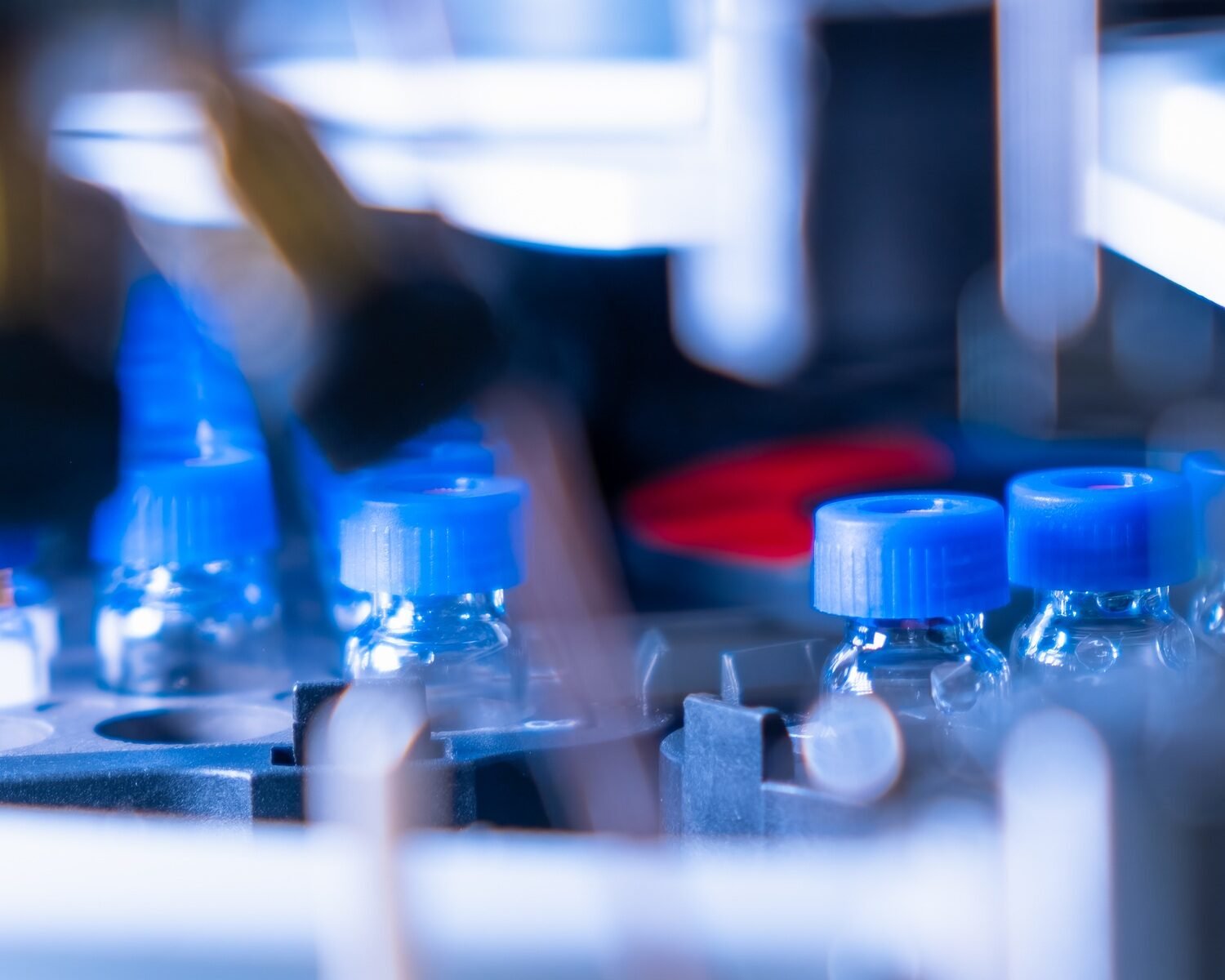When diving into the world of High-Performance Liquid Chromatography (HPLC), one of the most crucial aspects is the mobile phase solvents. Without the right solvents, your HPLC analysis could be less effective or, worse, completely inaccurate. But what exactly are the solvents used in HPLC for the mobile phase? Let’s break it down together and explore the details.
Introduction
If you’ve ever wondered how scientists manage to separate and analyze complex mixtures with such precision, you’ve likely come across HPLC. At the heart of this method lies the mobile phase, composed of carefully selected solvents that play a pivotal role in the separation process. Let’s dive into the types of solvents used and why they are so important.
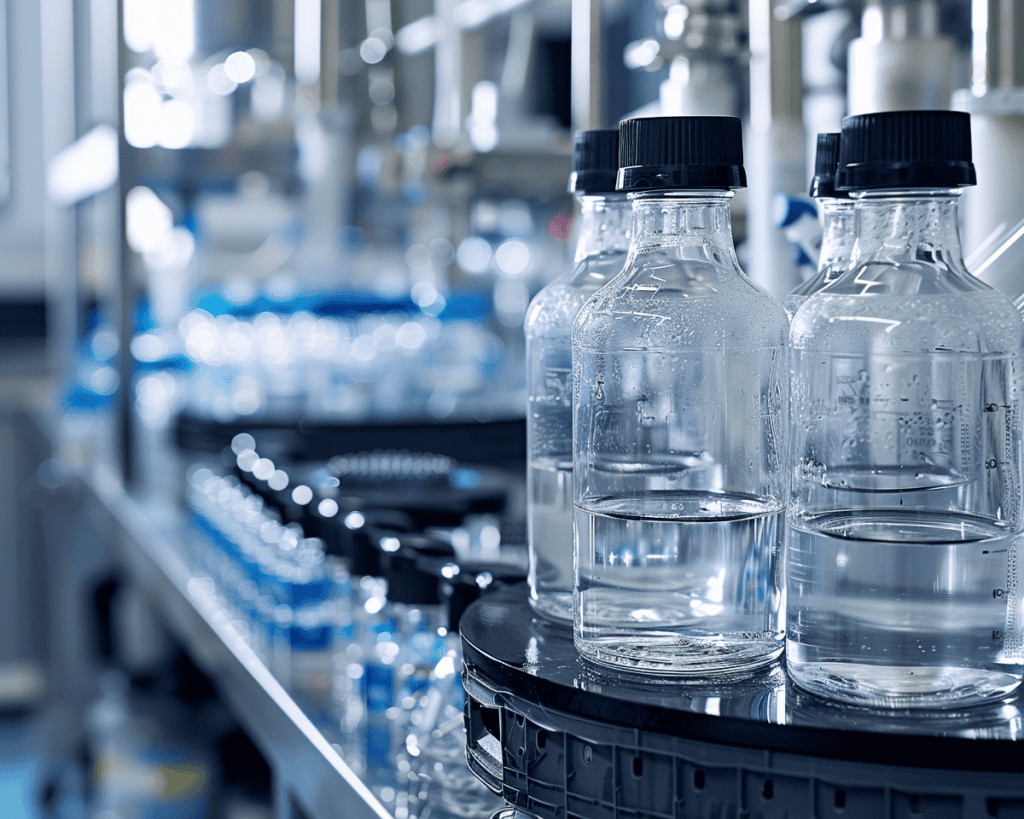
Main Solvents Used in HPLC
1. Water
Water is the most common solvent used in HPLC. It’s pure, easily available, and compatible with a wide range of analytes. However, the water used must be of high purity, typically deionized and filtered to remove any impurities that could interfere with the analysis. Did you know that even slight contamination in the water can skew your results?
2. Acetonitrile
Acetonitrile is another popular choice. It’s known for its low viscosity, which helps achieve high-efficiency separations. Plus, it mixes well with water and other solvents, making it versatile for different types of HPLC analyses. Have you tried using acetonitrile in your HPLC runs? It’s fascinating how it can significantly speed up the process.
3. Methanol
Methanol is widely used due to its solvent strength and ability to dissolve a broad spectrum of compounds. It’s less expensive compared to acetonitrile and is quite effective in reverse-phase HPLC. However, methanol has a higher viscosity than acetonitrile, which can sometimes affect the separation efficiency.
4. Tetrahydrofuran (THF)
THF is known for its strong solvent properties and ability to dissolve polymers. It’s particularly useful in gel permeation chromatography (a type of HPLC). But, it’s also quite volatile and requires careful handling. Have you found THF useful in your analyses?
5. Buffer Solutions
Buffers are essential when dealing with pH-sensitive analytes. They help maintain a stable pH, ensuring consistent separation and reproducibility. Common buffers include phosphate, acetate, and citrate buffers. Have you ever adjusted your buffer composition to optimize separation?
The Role of Solvent Polarity
The polarity of the solvent significantly impacts the separation process. In reverse-phase HPLC, non-polar stationary phases are used, and polar solvents are chosen as the mobile phase. This setup allows for the separation of non-polar compounds, which interact less with the mobile phase and more with the stationary phase. Do you think solvent polarity has a significant impact on your results?
Solvent Mixtures
Often, a single solvent isn’t enough to achieve the desired separation. That’s where solvent mixtures come in. By combining solvents like water and acetonitrile or water and methanol, you can fine-tune the polarity and elution strength to optimize your HPLC runs. Have you experimented with different solvent ratios in your lab?
Examples of Common Solvent Mixtures
- Water/Acetonitrile: This mixture is widely used in reverse-phase HPLC. It offers a good balance of polarity and elution strength, making it suitable for a broad range of analytes.
- Water/Methanol: Another common mixture, especially when working with slightly more polar compounds. It’s a bit more viscous but highly effective.
- Buffer/Acetonitrile: Used when pH control is crucial, this combination helps maintain the stability of pH-sensitive analytes while still providing effective separation.
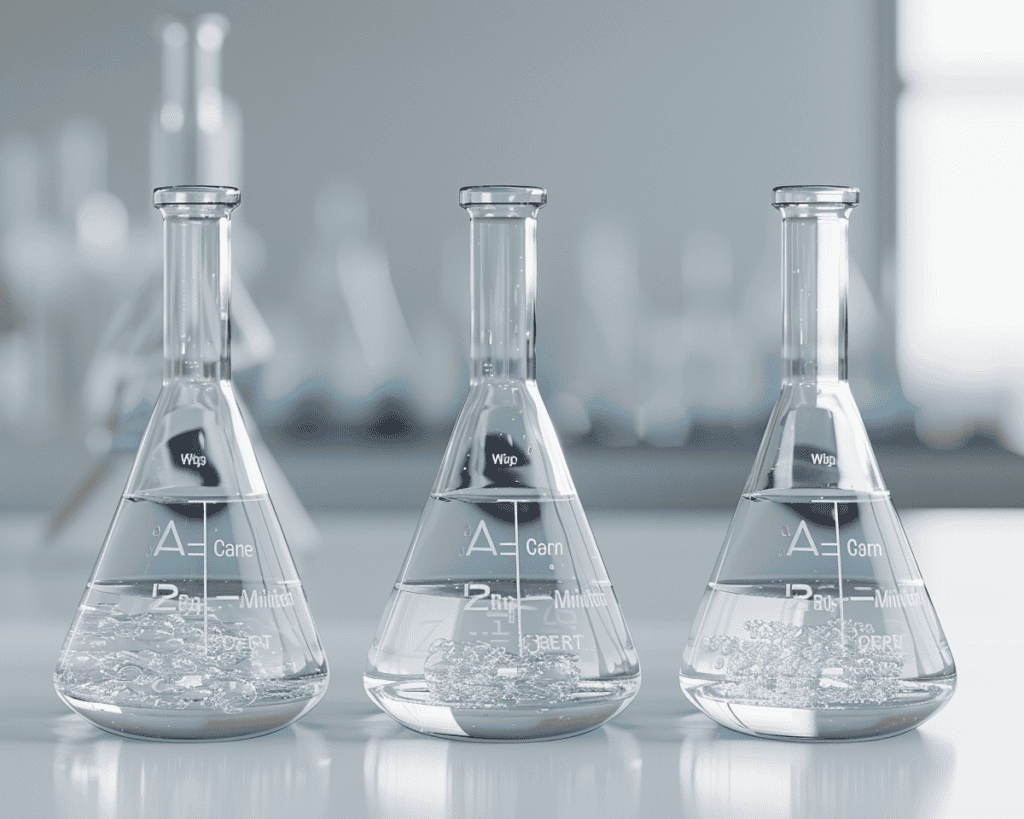
Why Solvent Purity Matters
The purity of solvents is paramount in HPLC. Impurities can lead to background noise, ghost peaks, and reduced sensitivity. Always use HPLC-grade solvents to ensure the highest purity and consistency in your analyses. Have you ever encountered issues with solvent impurities? It can be quite frustrating!
Conclusion
Choosing the right solvent for your HPLC mobile phase is critical to achieving accurate and efficient separations. Whether it’s water, acetonitrile, methanol, THF, or buffer solutions, each solvent has its unique properties and applications. Remember to consider solvent polarity, mixtures, and purity to optimize your HPLC runs.
Are you ready to optimize your HPLC analyses with the right solvents? Don’t hesitate to experiment with different combinations and observe how they affect your results. If you have any questions or need further assistance, feel free to reach out. Let’s make your HPLC experience as seamless and effective as possible!
Let’s keep the conversation going! What challenges have you faced with HPLC solvents, and how did you overcome them? Share your experiences and let’s learn together.
For more detailed information on HPLC solvents and their applications, check out these authoritative sources:




